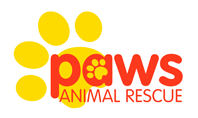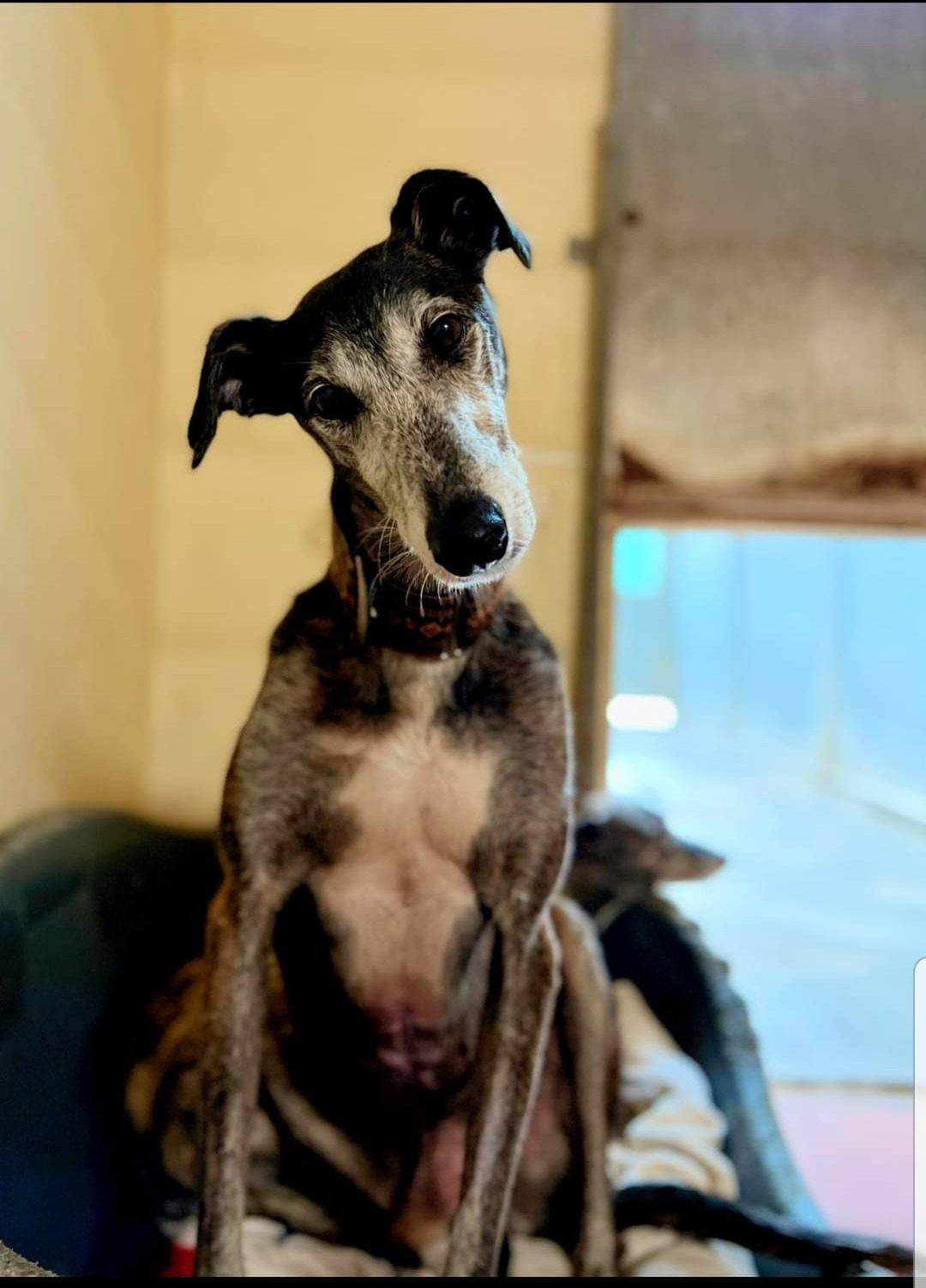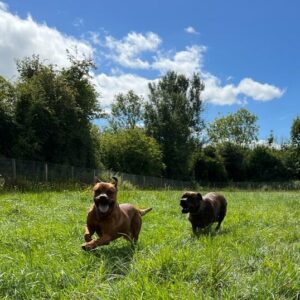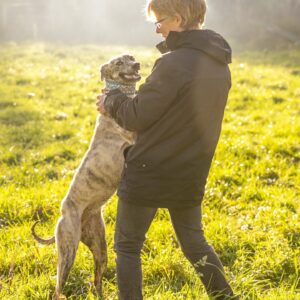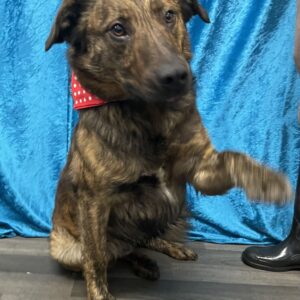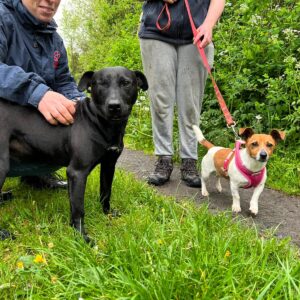When it comes to training, stimulating and understanding our dogs, it’s important we understand them as best we can.
Every dog breed in the world was bred with a specific intention and an original purpose. Right down to the small fluffy companion dogs like shih-tzus and Maltese. These were bred to lie at the bottom of the Queen’s bed or across her to keep her feet warm at night.
Terriers were bred to hunt vermin, dig and hunt. Border collies were bred to herd and chase. Labradors were bred to carry things in their mouth delicately and retriever fowl. Alaskan malamute were bred to pull sleds. Poodles were bred for high drive intelligence and water threading. Newfoundland were bred to tug fishing boats. Hounds were bred to follow scent trails and be loud and vocal. The list goes on.
However, terriers digging holes in the backgarden and collies herding children up the stairs can be a difficult behavioural trait to manage in the the home. Pent up frustration and stress can lead to other negative consequences like bad habits around barking, chewing furniture or getting resource guarding behaviour can be difficult to navigate.
Giving our dog ample opportunities to engage in their natural primary senses to sniff, scavenge, forage, use their brain and other primary behaviours every day can help prevent undesirable behaviours from forming. Even a 5 min daily tug of war session with our terrier or allowing for additional sniffing time for our dog on walks can be an incredibly easy outlets for these behaviors.
Other activities to try with our dogs are taking them on different walk routes to change up their environment regularly, giving them their meals in a food puzzle, teach them a new command every now and then or practice ones they are already know for mental stimulation. Use flirt poles to allow chasing and catching for working breeds. Ask our labradors and retrievers to bring us their toys. Try a new club or activity like a local mantrailing club or canicross club. Invest in a safety long line to give our dogs exploring opportunities on walks where you still have complete control but that can move freely and interact with the world in a safe way. For more ideas, see our blog post on canine enrichment.
